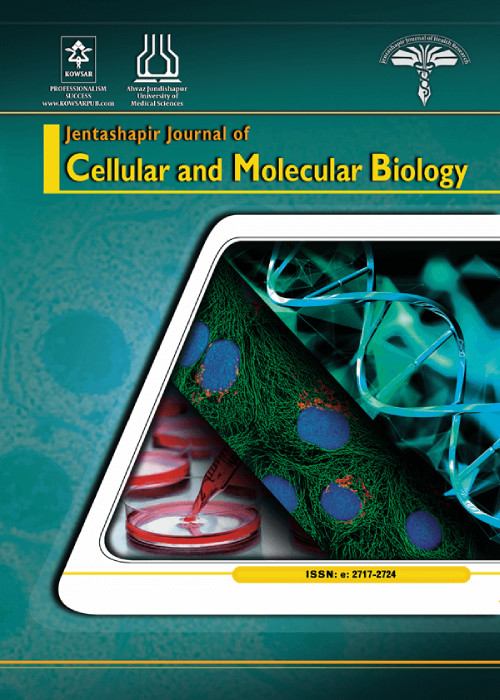Up-regulation of PDGF-D and NRP-1 in the Glioma Cell Line 1321N1 Attributed to Sialic Acid Treatment: Mini-review and Findings
Glioblastoma (GBM, known as Glioblastoma Multiforme) is one of the most common and also most aggressive solid tumors in adults. It has a poor prognosis and highly invasive behavior leading to difficulties in complete therapy. Understanding the fundamental glioblastoma biology and the molecular landscape beyond GBM metastasis is needed and highly crucial for better diagnosis and therapy. One of the major challenges reported for most cancer cells is the disruption of the glycosylation pattern of tumor cells, causing tumor progression, metastasis, and cancer resistance to chemotherapy and radiation therapy.
Platelet-derived growth factor (PDGF) and neuropilin-1 (NRP-1) play important roles in glioma progression; besides, the extracellular signal-regulated kinases (ERKs) and having mediated transducing growth factor signals to the nucleus, are of the most important regulatory factors governing various biological responses, including cell proliferation, differentiation, and motility. These factors are expressed in GBM. The growing evidence has documented different interactions between NRP-1 and PDGF-1 or PDGFR, causing cross-talk (directly or indirectly) between biochemical signaling and physical forces orchestrating cellular signaling, especially angiogenesis.
EC50 of sialic acid was determined using an MTT assay. After treatment for 24h, immunochemical detection of VEGF/VEGFR was performed using the immunocytochemistry for VEGF/VEGF-R1. Also, the immuno-blotting assay was applied for NRP-1 and PDGF-D detection.
In this study, we reported a strong correlation between PDGF-D, NRP-1 expression, and ERK1/2 signaling activations in 1321N1 glioma exposed to EC50 of sialic acid, which was verified using western-blot analysis. As a result, sialic acid as a mediator and transducer of the microenvironment-cell signaling might trigger cell motility through up-regulation of growth factors and chemoresistance. To sum up, control and normalization of sialic acid production in the cell microenvironment and niche could make the resistant GBM cell more sensitive to radiation therapy, chemotherapy, and immunotherapy.
- حق عضویت دریافتی صرف حمایت از نشریات عضو و نگهداری، تکمیل و توسعه مگیران میشود.
- پرداخت حق اشتراک و دانلود مقالات اجازه بازنشر آن در سایر رسانههای چاپی و دیجیتال را به کاربر نمیدهد.


